
Special Education 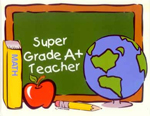 The attrition, or “burn-out,” rate for special education teachers is extremely high compared to most other professions. 50% of special education teachers leave their jobs within 5 years. Half of those who make it past 5 years will leave within 10 years. This equates to a 75% turnover rate every 10 years. Here are the top 10 stressors of being a special education teacher.
The attrition, or “burn-out,” rate for special education teachers is extremely high compared to most other professions. 50% of special education teachers leave their jobs within 5 years. Half of those who make it past 5 years will leave within 10 years. This equates to a 75% turnover rate every 10 years. Here are the top 10 stressors of being a special education teacher.
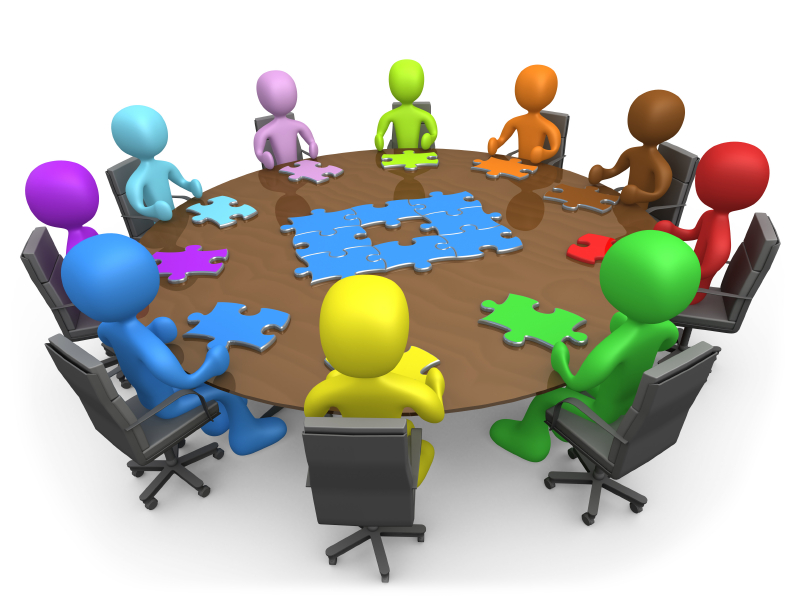 In my job as a special education advocate, and my other job as a parent of a child with special needs, I have been involved in too many Individualized Education Program (IEP) meetings to count. During these numerous IEP meetings I have met some wonderful, caring, knowledgeable, well meaning Teachers and School Personnel.
I have also, at times, heard some of the most outrageous statements!!! Here are ten of most ridiculous statements that I have heard and why they are so ridiculous.
In my job as a special education advocate, and my other job as a parent of a child with special needs, I have been involved in too many Individualized Education Program (IEP) meetings to count. During these numerous IEP meetings I have met some wonderful, caring, knowledgeable, well meaning Teachers and School Personnel.
I have also, at times, heard some of the most outrageous statements!!! Here are ten of most ridiculous statements that I have heard and why they are so ridiculous.
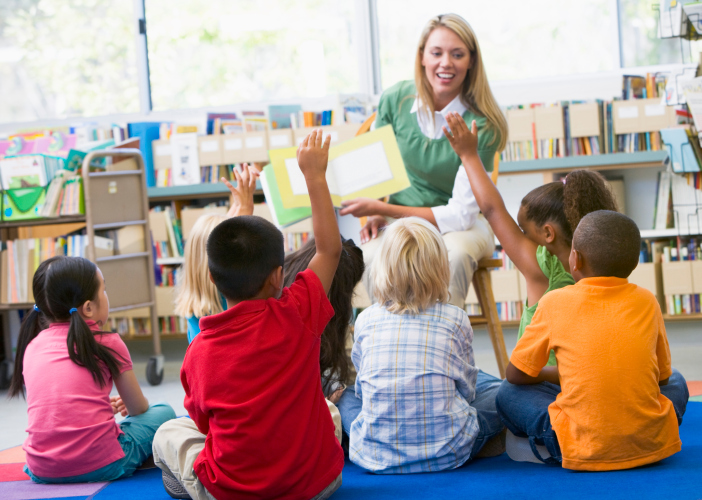 Special Educators work hard to make sure that their students with special needs develop and grow during the school year. Special Education teachers encounter different challenges in their classrooms than general education teachers and therefore they need different tools.
Here are 10 great items every Special Needs teacher should have in their classroom.
Special Educators work hard to make sure that their students with special needs develop and grow during the school year. Special Education teachers encounter different challenges in their classrooms than general education teachers and therefore they need different tools.
Here are 10 great items every Special Needs teacher should have in their classroom.
 Recently the Friendship Circle posted “An Open Letter to a Child with Autism by the Therapist/Teacher.” I mentioned this to my 13 year old son Louie, who had just written a thank-you letter to surprise his teacher for Teacher Appreciation Week. He decided to write another letter, an open letter to a teacher from a child with autism.
Recently the Friendship Circle posted “An Open Letter to a Child with Autism by the Therapist/Teacher.” I mentioned this to my 13 year old son Louie, who had just written a thank-you letter to surprise his teacher for Teacher Appreciation Week. He decided to write another letter, an open letter to a teacher from a child with autism.
 Every new car comes with a large owner's manual detailing what every dashboard light means and advice to troubleshoot problems with the vehicle. Every make of car is different requiring a specific manual for your make and model. Each child with a physical and/or learning disability attending school needs an "owner's manual" to accompany them to let special education teachers know what to expect.
Every new car comes with a large owner's manual detailing what every dashboard light means and advice to troubleshoot problems with the vehicle. Every make of car is different requiring a specific manual for your make and model. Each child with a physical and/or learning disability attending school needs an "owner's manual" to accompany them to let special education teachers know what to expect.
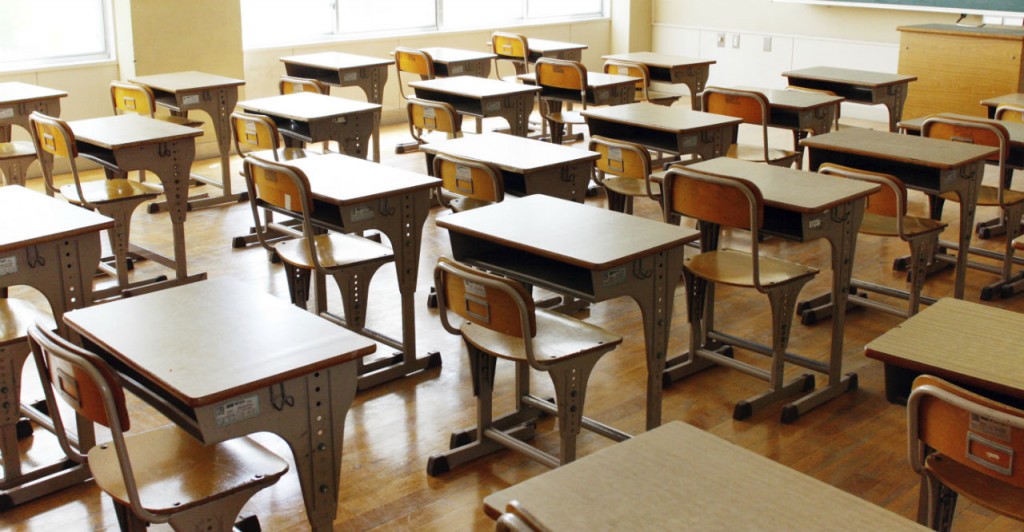 It is not foreign anymore to see a teacher on the floor with her students or students up and about around the classroom while engaged in learning. Whereas traditional classrooms insisted on kids sitting still, newer methods allow children to move in order to learn. Let's take a look at some alternative solutions to the traditional seat.
It is not foreign anymore to see a teacher on the floor with her students or students up and about around the classroom while engaged in learning. Whereas traditional classrooms insisted on kids sitting still, newer methods allow children to move in order to learn. Let's take a look at some alternative solutions to the traditional seat.
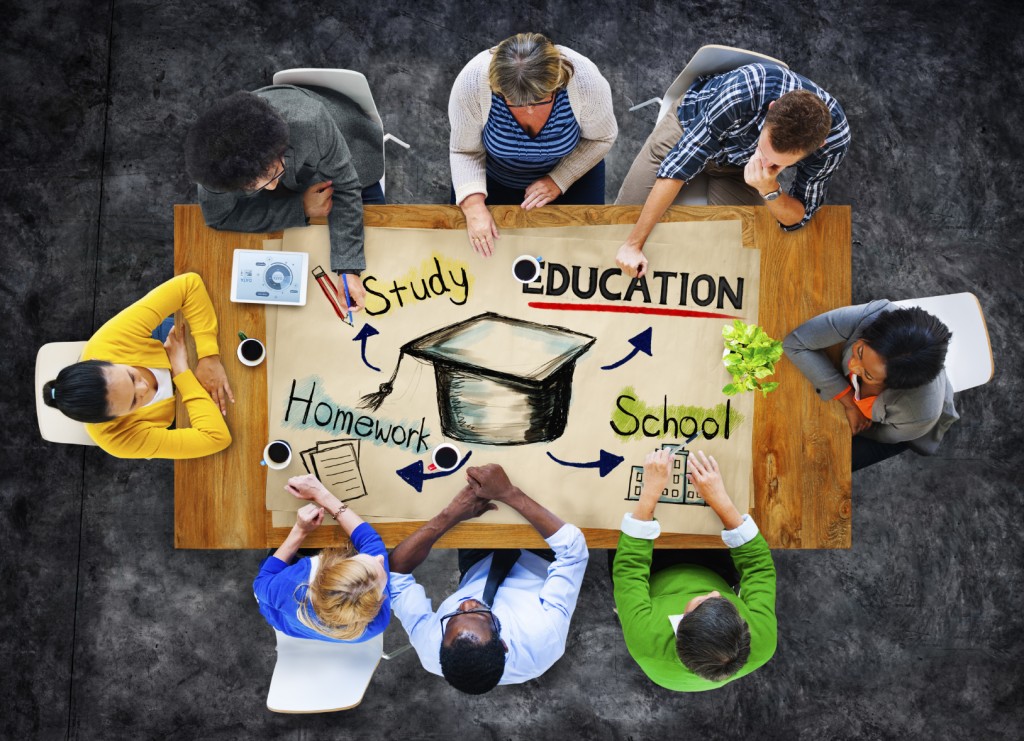 During most discussions about IEPs, we talk about the times that things went wrong and disgraceful things were said. But not all IEPs are like that! Over the years, many helpful and compassionate comments have stuck with me. Here is a sample of supportive comments that have been spoken to me as a parent.
During most discussions about IEPs, we talk about the times that things went wrong and disgraceful things were said. But not all IEPs are like that! Over the years, many helpful and compassionate comments have stuck with me. Here is a sample of supportive comments that have been spoken to me as a parent.
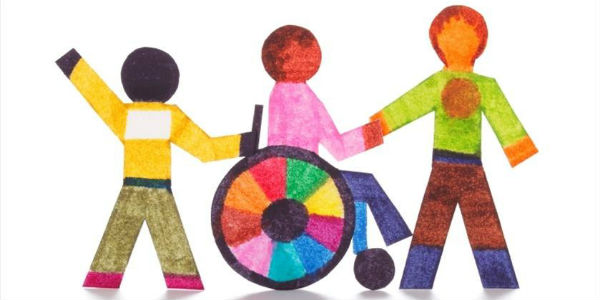 Inclusive education is still not widely practiced in schools across the United States. As a result, only the lucky few have seen what inclusion really is. Those that haven’t, are generally left to sift through myths, misunderstandings and the occasional truth. Therefore, there is quite a bit of confusion as to the real meaning of an inclusive environment. The following is a run-down of the different definitions of inclusion (the good, the bad and the ugly) that I have heard over the years:
Inclusive education is still not widely practiced in schools across the United States. As a result, only the lucky few have seen what inclusion really is. Those that haven’t, are generally left to sift through myths, misunderstandings and the occasional truth. Therefore, there is quite a bit of confusion as to the real meaning of an inclusive environment. The following is a run-down of the different definitions of inclusion (the good, the bad and the ugly) that I have heard over the years:
 We often hear discussion about IEPs and the good, the bad and the ugly that surrounds them. Many times there is confusion as to what the IEP and its process is all about. From time to time it is important to review the basics of an IEP and how it is supposed to be deployed. Here is a refresher post about IEPs and its role in special education.
We often hear discussion about IEPs and the good, the bad and the ugly that surrounds them. Many times there is confusion as to what the IEP and its process is all about. From time to time it is important to review the basics of an IEP and how it is supposed to be deployed. Here is a refresher post about IEPs and its role in special education.
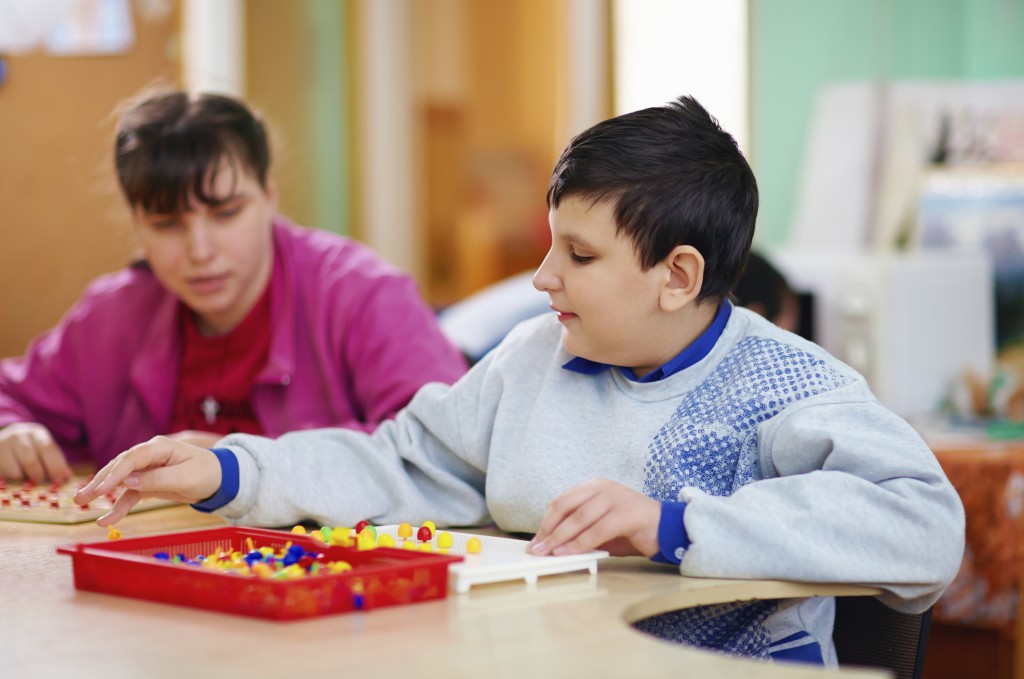 Students in inclusive schools are known to form meaningful relationships, have the same learning opportunities and high academic expectations as one another, and learn to respect the diverse nature of humankind.
However, in addition to these very important, key benefits of inclusive education there are several that are not widely known about unless you have worked with or within an inclusive school. Here are some more benefits inclusive school systems that you may not know about.
Students in inclusive schools are known to form meaningful relationships, have the same learning opportunities and high academic expectations as one another, and learn to respect the diverse nature of humankind.
However, in addition to these very important, key benefits of inclusive education there are several that are not widely known about unless you have worked with or within an inclusive school. Here are some more benefits inclusive school systems that you may not know about.
The Top Ten Special Education Blog Posts
Recently, this blog published post number 1,000! There are currently over 1,000 blog posts providing tips, resources, product information and much more to the special needs community. In commemoration of this milestone we will be sharing our most viral blog posts (divided by category) over the next several weeks. Enjoy!
Over the past four years there have been close to 200 blog posts related to special education. Here are the 10 most read and shared special education blog posts of all time.
1. The Top 10 Challenges of Special Education Teachers
 The attrition, or “burn-out,” rate for special education teachers is extremely high compared to most other professions. 50% of special education teachers leave their jobs within 5 years. Half of those who make it past 5 years will leave within 10 years. This equates to a 75% turnover rate every 10 years. Here are the top 10 stressors of being a special education teacher.
The attrition, or “burn-out,” rate for special education teachers is extremely high compared to most other professions. 50% of special education teachers leave their jobs within 5 years. Half of those who make it past 5 years will leave within 10 years. This equates to a 75% turnover rate every 10 years. Here are the top 10 stressors of being a special education teacher.
2. Top Ten Most Ridiculous Comments Heard at an IEP Meeting
 In my job as a special education advocate, and my other job as a parent of a child with special needs, I have been involved in too many Individualized Education Program (IEP) meetings to count. During these numerous IEP meetings I have met some wonderful, caring, knowledgeable, well meaning Teachers and School Personnel.
I have also, at times, heard some of the most outrageous statements!!! Here are ten of most ridiculous statements that I have heard and why they are so ridiculous.
In my job as a special education advocate, and my other job as a parent of a child with special needs, I have been involved in too many Individualized Education Program (IEP) meetings to count. During these numerous IEP meetings I have met some wonderful, caring, knowledgeable, well meaning Teachers and School Personnel.
I have also, at times, heard some of the most outrageous statements!!! Here are ten of most ridiculous statements that I have heard and why they are so ridiculous.
3. 10 Items Every Special Educator Should Have In Their Classroom
 Special Educators work hard to make sure that their students with special needs develop and grow during the school year. Special Education teachers encounter different challenges in their classrooms than general education teachers and therefore they need different tools.
Here are 10 great items every Special Needs teacher should have in their classroom.
Special Educators work hard to make sure that their students with special needs develop and grow during the school year. Special Education teachers encounter different challenges in their classrooms than general education teachers and therefore they need different tools.
Here are 10 great items every Special Needs teacher should have in their classroom.
4. An Open Letter From A Child With Autism To A Teacher
 Recently the Friendship Circle posted “An Open Letter to a Child with Autism by the Therapist/Teacher.” I mentioned this to my 13 year old son Louie, who had just written a thank-you letter to surprise his teacher for Teacher Appreciation Week. He decided to write another letter, an open letter to a teacher from a child with autism.
Recently the Friendship Circle posted “An Open Letter to a Child with Autism by the Therapist/Teacher.” I mentioned this to my 13 year old son Louie, who had just written a thank-you letter to surprise his teacher for Teacher Appreciation Week. He decided to write another letter, an open letter to a teacher from a child with autism.
5. Back To School: How to Write your Child’s “Owner’s Manual” for Special Education Teachers
 Every new car comes with a large owner's manual detailing what every dashboard light means and advice to troubleshoot problems with the vehicle. Every make of car is different requiring a specific manual for your make and model. Each child with a physical and/or learning disability attending school needs an "owner's manual" to accompany them to let special education teachers know what to expect.
Every new car comes with a large owner's manual detailing what every dashboard light means and advice to troubleshoot problems with the vehicle. Every make of car is different requiring a specific manual for your make and model. Each child with a physical and/or learning disability attending school needs an "owner's manual" to accompany them to let special education teachers know what to expect.
6. Six Alternative Seating Options in the Classroom for a Child with Special Needs
 It is not foreign anymore to see a teacher on the floor with her students or students up and about around the classroom while engaged in learning. Whereas traditional classrooms insisted on kids sitting still, newer methods allow children to move in order to learn. Let's take a look at some alternative solutions to the traditional seat.
It is not foreign anymore to see a teacher on the floor with her students or students up and about around the classroom while engaged in learning. Whereas traditional classrooms insisted on kids sitting still, newer methods allow children to move in order to learn. Let's take a look at some alternative solutions to the traditional seat.
7. 10 Helpful and Compassionate Comments Heard at an IEP Meeting
 During most discussions about IEPs, we talk about the times that things went wrong and disgraceful things were said. But not all IEPs are like that! Over the years, many helpful and compassionate comments have stuck with me. Here is a sample of supportive comments that have been spoken to me as a parent.
During most discussions about IEPs, we talk about the times that things went wrong and disgraceful things were said. But not all IEPs are like that! Over the years, many helpful and compassionate comments have stuck with me. Here is a sample of supportive comments that have been spoken to me as a parent.
8. 11 Different Definitions of Inclusion:The Good, The Bad and The Ugly
 Inclusive education is still not widely practiced in schools across the United States. As a result, only the lucky few have seen what inclusion really is. Those that haven’t, are generally left to sift through myths, misunderstandings and the occasional truth. Therefore, there is quite a bit of confusion as to the real meaning of an inclusive environment. The following is a run-down of the different definitions of inclusion (the good, the bad and the ugly) that I have heard over the years:
Inclusive education is still not widely practiced in schools across the United States. As a result, only the lucky few have seen what inclusion really is. Those that haven’t, are generally left to sift through myths, misunderstandings and the occasional truth. Therefore, there is quite a bit of confusion as to the real meaning of an inclusive environment. The following is a run-down of the different definitions of inclusion (the good, the bad and the ugly) that I have heard over the years:
9. An IEP Refresher: Everything You Need to Know About an IEP
 We often hear discussion about IEPs and the good, the bad and the ugly that surrounds them. Many times there is confusion as to what the IEP and its process is all about. From time to time it is important to review the basics of an IEP and how it is supposed to be deployed. Here is a refresher post about IEPs and its role in special education.
We often hear discussion about IEPs and the good, the bad and the ugly that surrounds them. Many times there is confusion as to what the IEP and its process is all about. From time to time it is important to review the basics of an IEP and how it is supposed to be deployed. Here is a refresher post about IEPs and its role in special education.
10. 4 Things No One Tells You About Inclusive Schools
 Students in inclusive schools are known to form meaningful relationships, have the same learning opportunities and high academic expectations as one another, and learn to respect the diverse nature of humankind.
However, in addition to these very important, key benefits of inclusive education there are several that are not widely known about unless you have worked with or within an inclusive school. Here are some more benefits inclusive school systems that you may not know about.
Students in inclusive schools are known to form meaningful relationships, have the same learning opportunities and high academic expectations as one another, and learn to respect the diverse nature of humankind.
However, in addition to these very important, key benefits of inclusive education there are several that are not widely known about unless you have worked with or within an inclusive school. Here are some more benefits inclusive school systems that you may not know about. 


